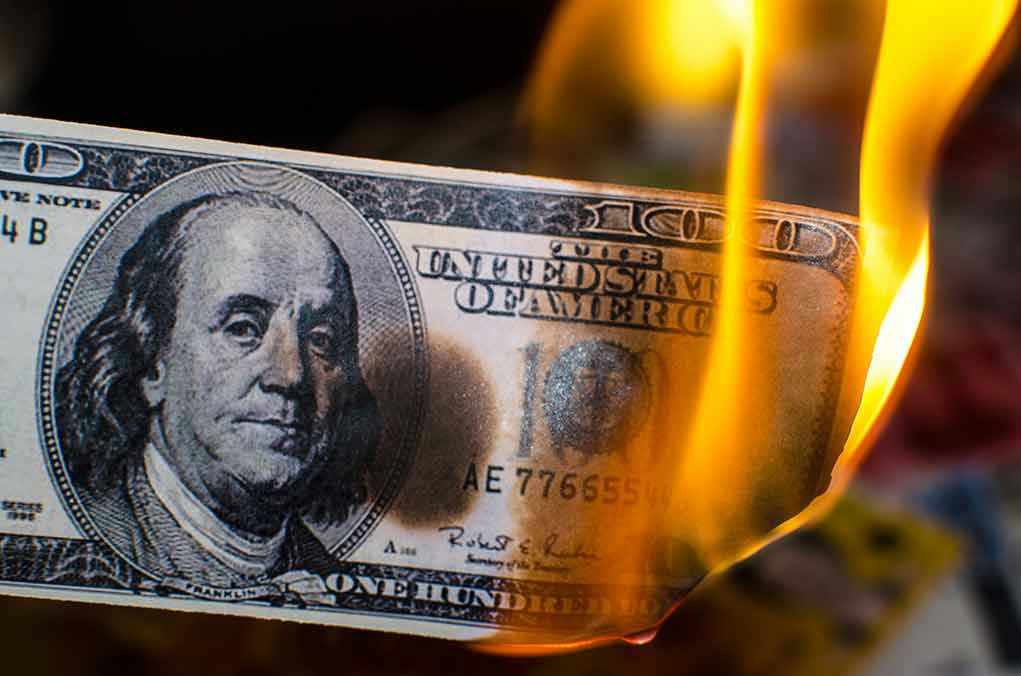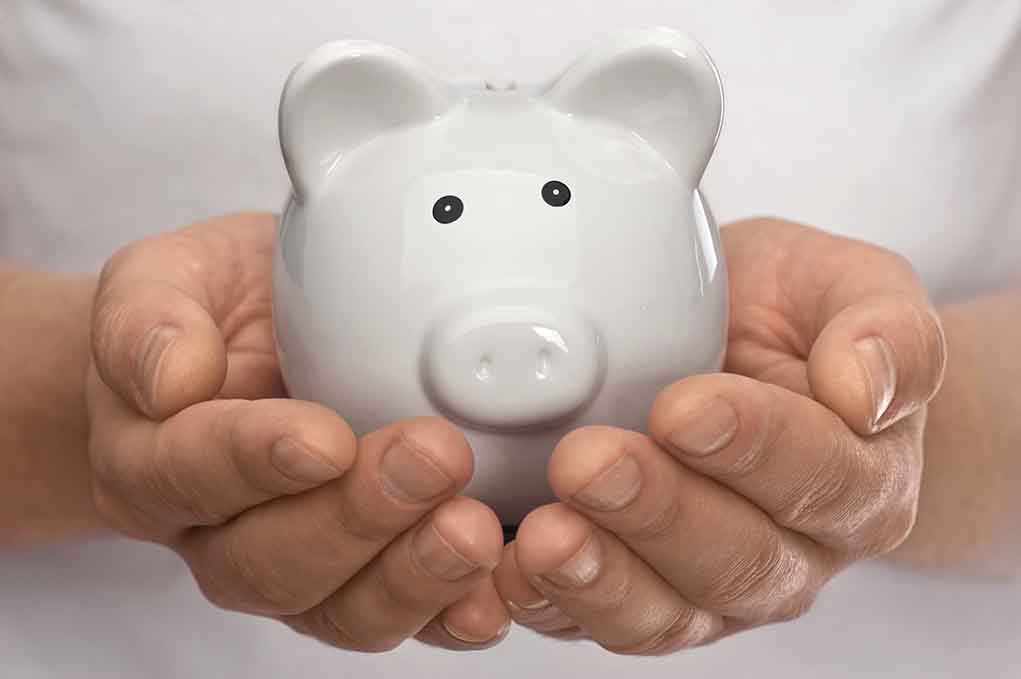
Chasing financial freedom means trading weekends for thrift stores and spreadsheets, but for nearly half of working Americans, the grind is more than a side note—it’s the main plot twist in the story of modern ambition.
Story Snapshot
- Nearly 45% of U.S. adults now juggle a side hustle, with reselling among the most accessible gigs.
- Side hustle income, when invested, can dramatically accelerate progress toward financial independence and early retirement (FIRE).
- The psychological and physical toll of balancing multiple jobs is real, but so are the rewards for disciplined, goal-driven hustlers.
- Employers, gig platforms, and the FIRE community all play roles in shaping—and sometimes complicating—this new normal.
The Relentless Routine: Weekdays in IT, Weekends on the Hunt
One IT professional’s week is split down the middle. Five days are spent hunched over code and conference calls; the other two are a blur of garage sales, thrift store aisles, and digital auctions. Each weekend is a small battlefield: the early bird catches the underpriced collectible, the latecomer gets yesterday’s leftovers. The side hustle, far from a hobby, is a tactical move—last month it yielded $600, enough to cover groceries, rent, and even leave a sliver for index funds. This isn’t spare change; it’s the building block of a bigger, bolder financial strategy.
The reselling grind is demanding. It requires research, negotiation, and relentless time management. Every transaction is a lesson in market psychology, and each successful flip is a small act of defiance against rising costs and stagnant wages. For this hustler, the weekend’s exhaustion is traded willingly for the satisfaction of progress toward FIRE—Financial Independence, Retire Early. The hustle isn’t forever, but the discipline it builds is meant to last a lifetime.
The Side Hustle Surge: From Luxury to Lifeline
Side hustling has moved from the margins to the mainstream. Recent data show that 45% of Americans now pursue supplemental income, with reselling as one of the most popular entry points due to its low barrier to entry and flexible hours. The reasons are as practical as they are urgent: post-recession instability, pandemic layoffs, and surging inflation have made extra income a necessity, not a luxury. The median side hustle brings in $200 a month, but dedicated participants frequently earn much more, with averages climbing to $885 monthly in 2025. The common denominator? Time—higher earners often devote 11–16 hours weekly to their gigs, sometimes more.
The FIRE movement amplifies the importance of side hustles. For its adherents, every dollar earned outside the main job is a dollar that can be strategically deployed—covering essentials, padding an emergency fund, or, most powerfully, invested for compound growth. Reselling fits neatly into this framework: it demands hustle, rewards market savvy, and, crucially, offers a sense of control in an uncertain economy.
The Real Cost: Burnout, Balance, and the Limits of Hustle
The promise of financial freedom comes with a price. Juggling a full-time career and a side gig can quickly become a recipe for burnout. Surveys reveal that while supplemental income bolsters resilience, it also erodes leisure time and strains mental health. Most side hustlers remain in the “supplemental” phase, using their earnings to buffer against inflation, not as a bridge to entrepreneurship. Only a minority turn their side gigs into primary income—and most require the side hustle to reach at least 75% of their main salary before considering a leap. The vast majority are simply trying to stay afloat, not quit their day jobs.
This tension plays out in the real world: employers, often indifferent to outside hustles, may find retention threatened if side gigs become more lucrative or fulfilling. Platform algorithms, fee structures, and shifting policies can upend a profitable side hustle overnight. The hustler stands at the intersection of opportunity and instability, always recalibrating risk and reward.
Investment as Escape Velocity: Building Wealth, Not Just Cash Flow
What separates the grind from mere survival is what happens after the sale. The most disciplined hustlers don’t spend their extra earnings—they invest them. Index funds, with their low costs and broad diversification, are the weapon of choice for FIRE devotees. Every $600 added to the market is a step closer to financial independence, leveraging the power of compounding to do the heavy lifting over time. This approach transforms the side hustle from a hamster wheel into a launchpad.
Industry experts echo this strategy. FlexJobs notes that professionals across sectors seek better financial outcomes and work-life balance through strategic side gigs. Side Hustle Nation’s data reveals a strong correlation between time commitment and income, but also warns that the path is not for the faint of heart. Economists and financial advisors agree: side hustles are a rational response to economic pressures, but they must not come at the expense of health or job performance. For every success story, there are cautionary tales of burnout and missed opportunities for rest and connection.
Sources:
FlexJobs/Remote.co: Workers Consider Quitting Full-Time Jobs for Side Hustles
NCHStats: Most Popular Side Hustles in US
Side Hustle Nation: Side Hustle Statistics
Self Financial: Side Hustle Statistics














